Home>Garden Essentials>How Tacky Is Installing Fake Grass On Your Front Yard?
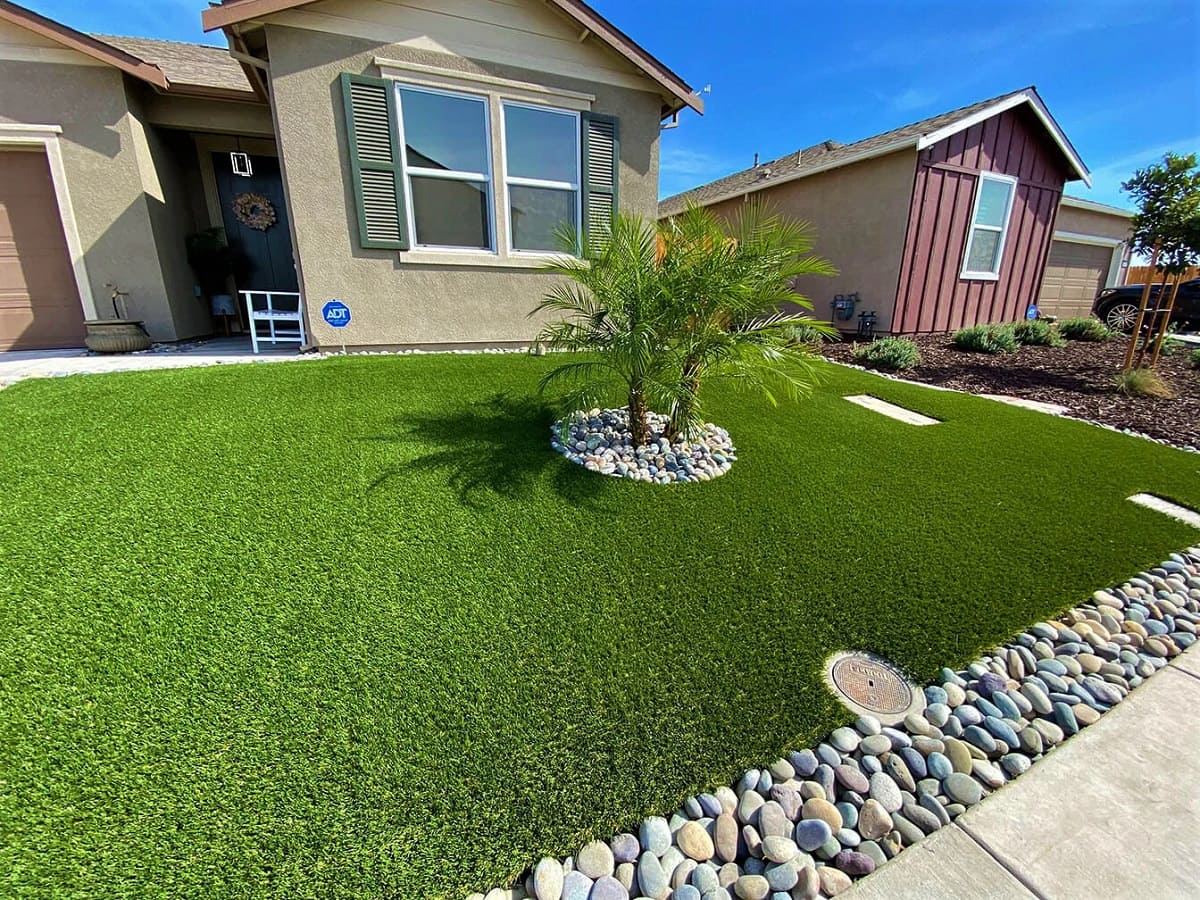

Garden Essentials
How Tacky Is Installing Fake Grass On Your Front Yard?
Modified: October 18, 2024
Enhance the curb appeal of your garden with natural-looking artificial grass. Learn how to elevate your front yard without sacrificing style or sustainability.
(Many of the links in this article redirect to a specific reviewed product. Your purchase of these products through affiliate links helps to generate commission for Storables.com, at no extra cost. Learn more)
**
Introduction
**
When it comes to landscaping, the decision to install fake grass, also known as artificial turf, in your front yard is a topic that sparks lively debates among homeowners and environmentalists alike. The allure of a perpetually green, low-maintenance lawn is undeniable, especially in regions with challenging climates. However, the environmental impact, aesthetic considerations, maintenance requirements, and community perceptions associated with fake grass raise important questions for those contemplating this alternative to natural turf.
In this article, we'll delve into the various aspects of installing fake grass on your front yard, weighing the pros and cons to help you make an informed decision. From the environmental implications to the impact on curb appeal and neighborhood dynamics, we'll explore the multifaceted dimensions of this polarizing landscaping choice. Whether you're a homeowner seeking a verdant lawn without the hassle of mowing and watering or a concerned community member pondering the broader effects, this exploration aims to provide valuable insights into the question: How tacky is installing fake grass on your front yard?
Key Takeaways:
- Fake grass may seem low-maintenance, but it can harm the environment, disrupt biodiversity, and impact the visual appeal of your home and neighborhood. Consider the broader implications before making a decision.
- Installing fake grass isn’t just about personal preference—it can affect your community, neighborhood regulations, and social interactions. Think about how it fits into the bigger picture before transforming your front yard.
Read more: How To Install Fake Turf
Environmental Impact of Fake Grass
Artificial turf has gained popularity as a water-saving and low-maintenance alternative to natural grass. While it does reduce water consumption and eliminate the need for chemical fertilizers and pesticides, the production and disposal of fake grass present environmental concerns.
The manufacturing process of synthetic turf involves the use of non-renewable resources, such as petroleum-based plastics, and requires significant energy input. Additionally, the materials used in artificial grass, including polyethylene and polypropylene, are not biodegradable, contributing to landfill waste and posing challenges for recycling.
Furthermore, artificial turf can exacerbate urban heat islands, as its synthetic composition absorbs and retains heat, leading to elevated local temperatures. This contrasts with natural grass, which provides cooling through transpiration and evaporation, contributing to a more temperate microclimate.
Another environmental consideration is the impact of fake grass on biodiversity. Natural lawns, when managed sustainably, support diverse ecosystems, providing habitats for insects, birds, and other wildlife. In contrast, artificial turf does not offer the same ecological benefits, potentially disrupting local biodiversity and ecosystem services.
While the water-saving aspect of artificial turf is appealing, it is essential to weigh the broader environmental implications of its production, use, and disposal. As the push for sustainable practices grows, conscientious homeowners are increasingly considering the ecological footprint of landscaping choices, prompting a reevaluation of the perceived environmental benefits of fake grass.
Aesthetics and Curb Appeal
One of the primary considerations for homeowners contemplating the installation of fake grass is its impact on the visual appeal of their property. While artificial turf offers the allure of a perpetually green and immaculate lawn, there are aesthetic factors to consider.
Natural grass possesses a dynamic and organic quality, with variations in color, texture, and growth patterns that contribute to a visually engaging landscape. The seasonal changes, from lush greenery in spring and summer to the golden hues of fall, add depth and character to a traditional lawn. Additionally, natural grass provides a sensory experience, with its soft texture and the earthy scent released when mowed or dampened by rain.
Conversely, artificial turf, while consistent in appearance throughout the year, can appear uniform and lack the nuanced charm of living grass. The synthetic sheen and uniformity of fake grass may not resonate with those who appreciate the ever-changing beauty of a natural lawn. Moreover, the presence of artificial turf in a neighborhood dominated by traditional landscaping may create a jarring contrast, potentially detracting from the overall visual harmony of the community.
Curb appeal, a crucial aspect of property aesthetics, can be influenced by the choice between natural and fake grass. While a well-maintained natural lawn can enhance the exterior allure of a home, the installation of artificial turf may polarize opinions among neighbors and passersby. The perception of fake grass as a shortcut to a pristine lawn, devoid of the effort and patience required for natural turf, can impact the perceived care and pride invested in the property.
Ultimately, the decision to opt for artificial turf over natural grass involves a nuanced evaluation of the visual impact on the property and its surroundings. Balancing the allure of a consistently verdant lawn with the aesthetic richness and sensory appeal of natural grass is a pivotal consideration for homeowners seeking to enhance their outdoor spaces.
Consider the climate and maintenance needs of real grass before installing fake grass. Real grass can provide environmental benefits and add to the aesthetic appeal of your home.
Maintenance and Long-Term Costs
One of the compelling selling points of artificial turf is its promise of minimal maintenance and long-term cost savings. However, a comprehensive assessment of the upkeep requirements and financial implications is essential for homeowners considering this landscaping option.
Artificial turf offers relief from the arduous tasks associated with natural grass, such as mowing, watering, and applying fertilizers and pesticides. The need for ongoing maintenance is significantly reduced, freeing homeowners from the time and labor typically invested in preserving a natural lawn. Additionally, the durability of fake grass ensures resistance to wear and tear, maintaining its pristine appearance without the need for regular reseeding or patching.
While the immediate reduction in maintenance demands is a compelling advantage, it is crucial to consider the long-term costs associated with artificial turf. The initial investment in high-quality synthetic grass and professional installation can be substantial, impacting the upfront expenses of landscaping projects. Moreover, the lifespan of artificial turf varies depending on factors such as usage, exposure to sunlight, and the quality of the materials, necessitating potential replacement or refurbishment in the future.
Another consideration is the environmental impact of maintenance practices. While natural lawns require water and occasional use of lawn care chemicals, the production, maintenance, and eventual disposal of artificial turf have their own ecological consequences. Evaluating the lifecycle costs and environmental implications of both options is crucial for making an informed decision that aligns with sustainability and long-term financial planning.
Furthermore, the potential for heat retention in artificial turf, particularly in warm climates, can necessitate additional measures to mitigate temperature-related issues, such as the installation of cooling systems or the use of protective coatings. These considerations contribute to the overall assessment of the maintenance and long-term costs associated with fake grass.
In weighing the allure of reduced maintenance against the upfront investment and long-term considerations, homeowners are tasked with evaluating the financial and practical aspects of artificial turf as part of their landscaping strategy.
Community and Neighborhood Considerations
The decision to install fake grass in a front yard extends beyond individual preferences, encompassing broader community and neighborhood dynamics. The visual impact, environmental implications, and social perceptions associated with artificial turf can influence the fabric of a neighborhood and the interactions among residents.
From an aesthetic standpoint, the presence of artificial turf in a neighborhood can evoke varied responses from residents and passersby. While some may appreciate the consistent greenery and well-manicured appearance of fake grass, others may view it as an artificial imposition on the natural landscape. The cohesion and character of a neighborhood’s visual identity can be influenced by the prevalence of artificial turf, potentially shaping the overall ambiance and desirability of the community.
Community associations and local regulations often govern landscaping choices, including the use of artificial turf. Restrictions or guidelines related to front yard aesthetics and environmental sustainability may impact the feasibility of installing fake grass. Additionally, neighborhood covenants and homeowner association rules may dictate the permissibility of synthetic turf, necessitating compliance with established guidelines to avoid potential conflicts with neighbors and governing bodies.
Moreover, the social dynamics within a neighborhood can be influenced by the installation of artificial turf. The perception of fake grass as a departure from traditional landscaping practices may spark conversations and debates among residents, shaping perceptions of individual properties and contributing to community discourse on environmental stewardship and aesthetic preferences.
Consideration of the broader impact on neighborhood aesthetics, environmental harmony, and social interactions is integral to the decision-making process for homeowners contemplating the installation of artificial turf. The implications for community cohesion, visual coherence, and adherence to local regulations underscore the interconnected nature of landscaping choices within a neighborhood context.
Read more: How To Install Turf In Yard
Conclusion
The decision to install fake grass on a front yard is a multifaceted choice that intertwines environmental considerations, aesthetic preferences, maintenance requirements, and community dynamics. As homeowners navigate the complexities of this landscaping decision, it is essential to weigh the pros and cons with a holistic perspective.
While artificial turf offers the allure of a perpetually green and low-maintenance lawn, the environmental impact of its production, heat retention, and implications for biodiversity warrant thoughtful reflection. The visual appeal and sensory richness of natural grass, along with its seasonal variations and ecological contributions, present a compelling contrast to the consistent but synthetic appearance of fake grass.
Consideration of long-term maintenance costs, upfront investments, and environmental implications is crucial for aligning landscaping choices with sustainability and financial planning. Moreover, the influence of artificial turf on neighborhood aesthetics, community regulations, and social interactions underscores the interconnected nature of front yard landscaping within a broader communal context.
Ultimately, the question of how tacky it is to install fake grass on a front yard is intertwined with individual values, community dynamics, and environmental consciousness. By engaging in informed deliberation and considering the diverse facets of this decision, homeowners can navigate the complexities of landscaping choices with a nuanced understanding of the implications for their outdoor spaces and neighborhoods.
As the landscaping industry continues to evolve, the discourse surrounding artificial turf and natural grass reflects the broader pursuit of sustainable, visually appealing, and community-conscious outdoor environments. Whether opting for the organic charm of natural lawns or embracing the convenience of artificial turf, homeowners play a pivotal role in shaping the landscapes that define their homes and neighborhoods.
Ready to spruce up your garden? Dive into our guide on landscaping with the best garden fence ideas to try. Whether you're aiming for privacy or just a touch of elegance, you'll find plenty of inspiration. Looking for a more hands-on approach? Check out our practical tips on DIY home improvement projects. You'll learn how to transform your space with simple tools and a bit of creativity, ensuring every nook feels like a new discovery.
Frequently Asked Questions about How Tacky Is Installing Fake Grass On Your Front Yard?
Was this page helpful?
At Storables.com, we guarantee accurate and reliable information. Our content, validated by Expert Board Contributors, is crafted following stringent Editorial Policies. We're committed to providing you with well-researched, expert-backed insights for all your informational needs.
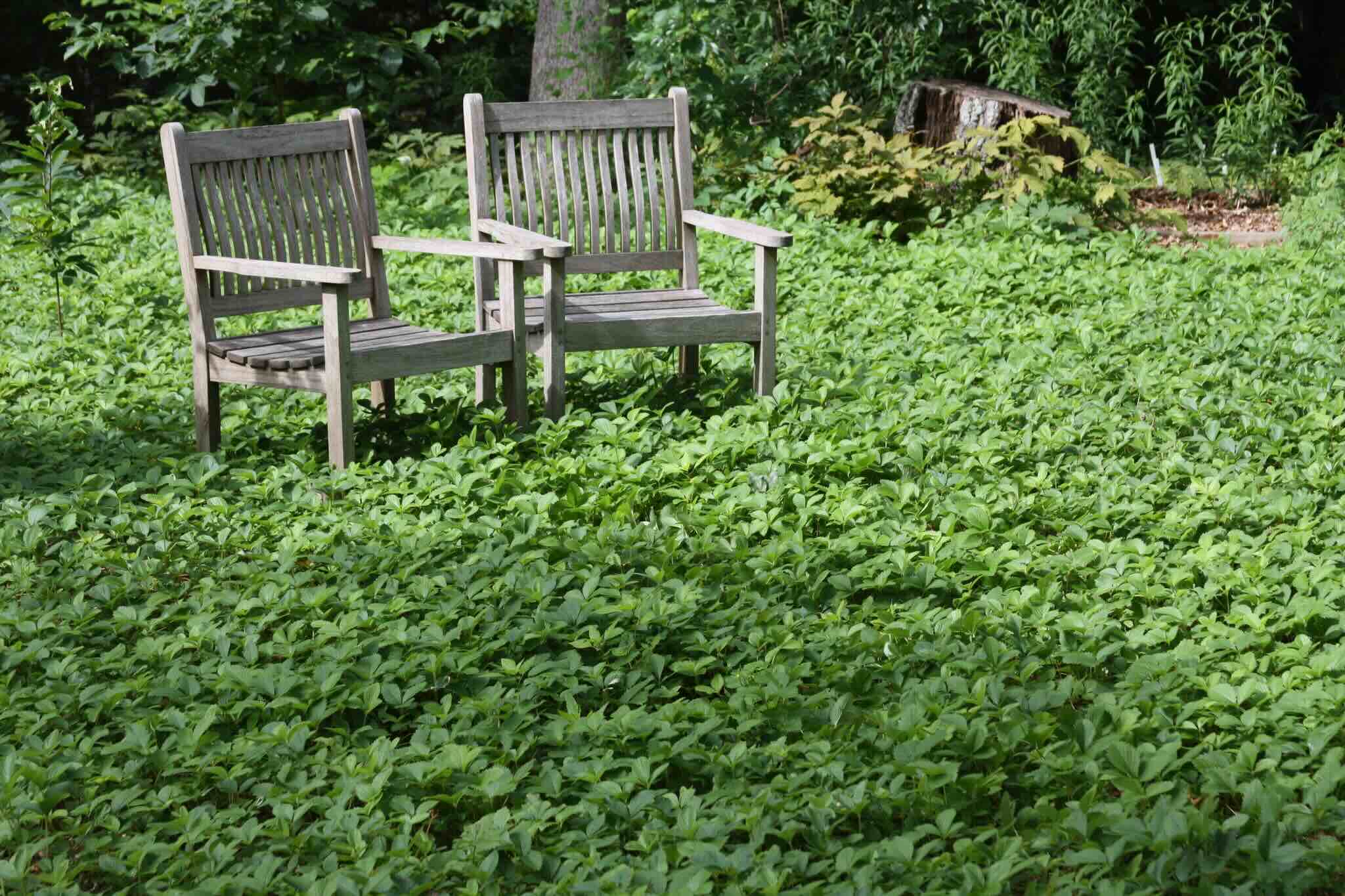
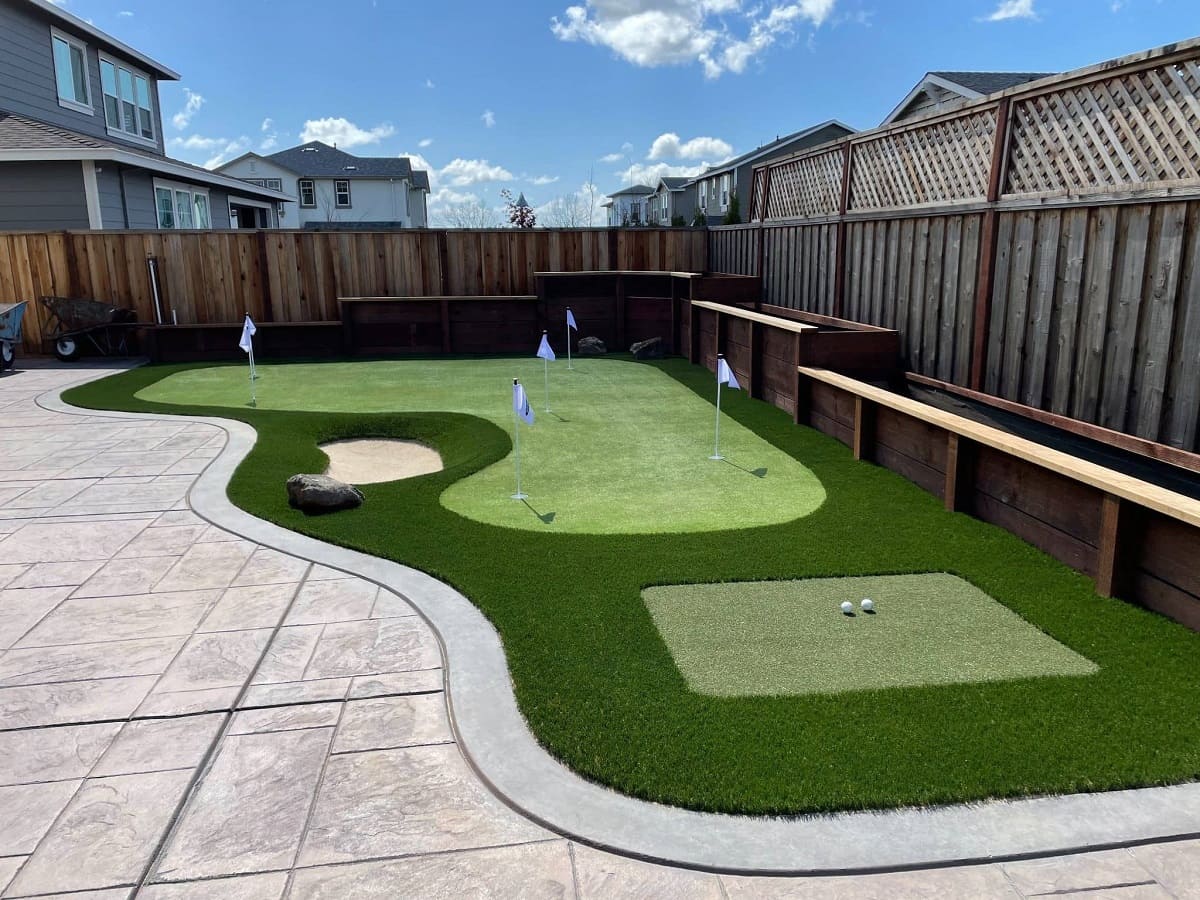
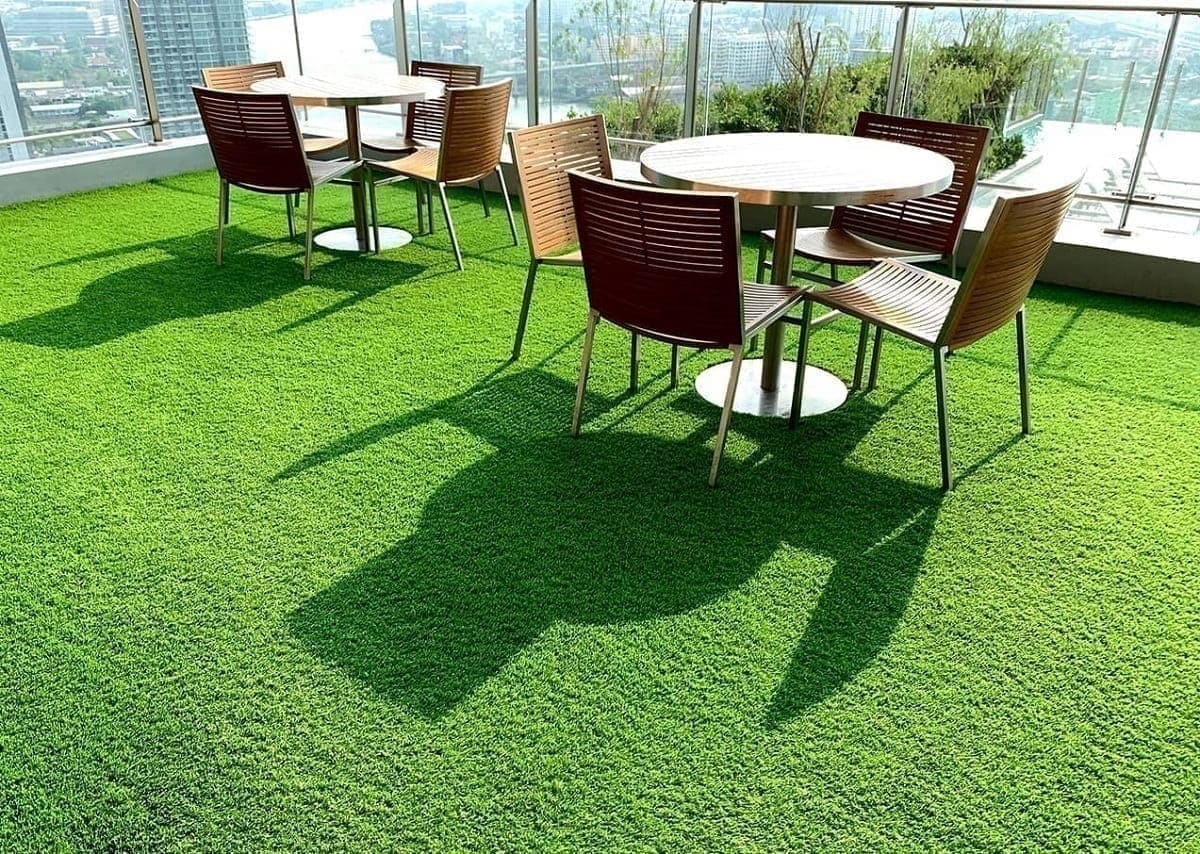
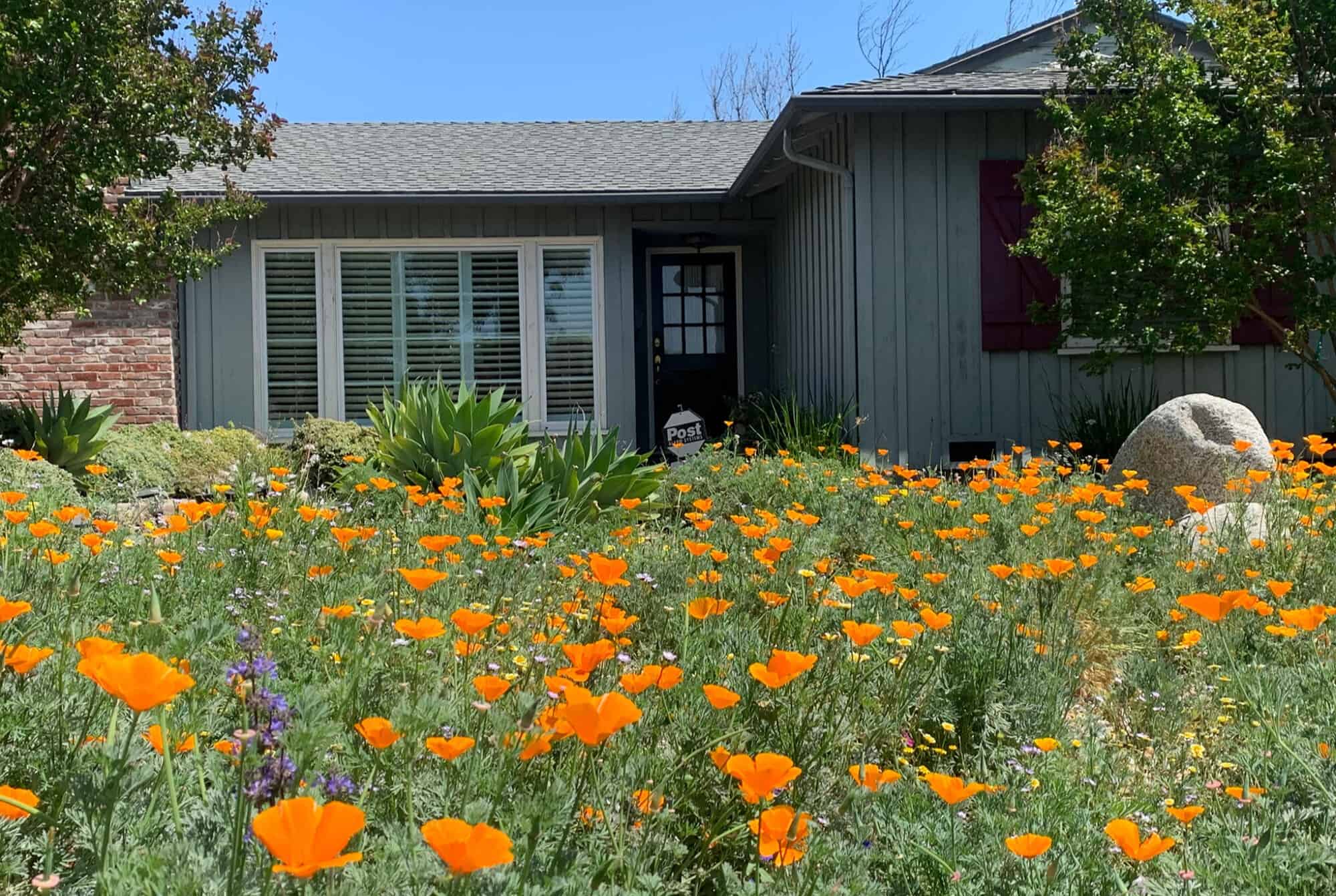
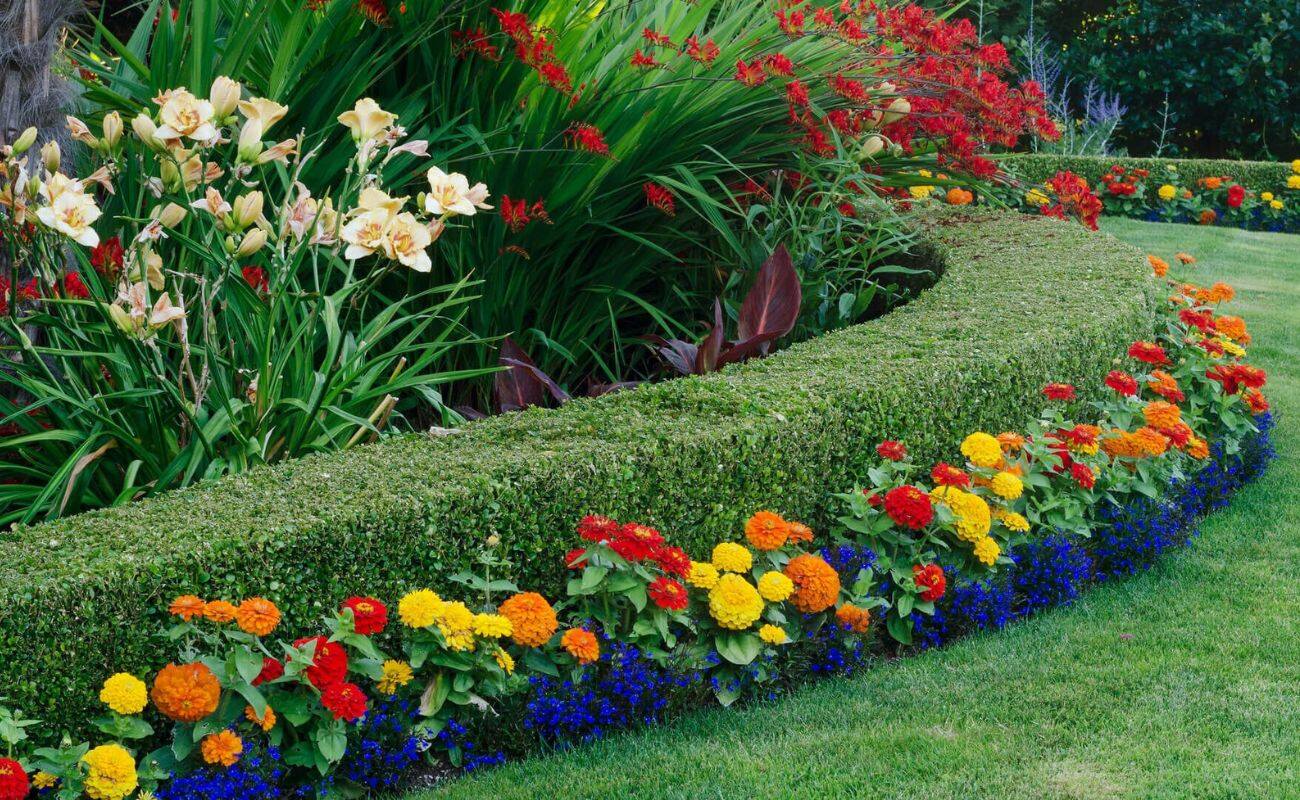
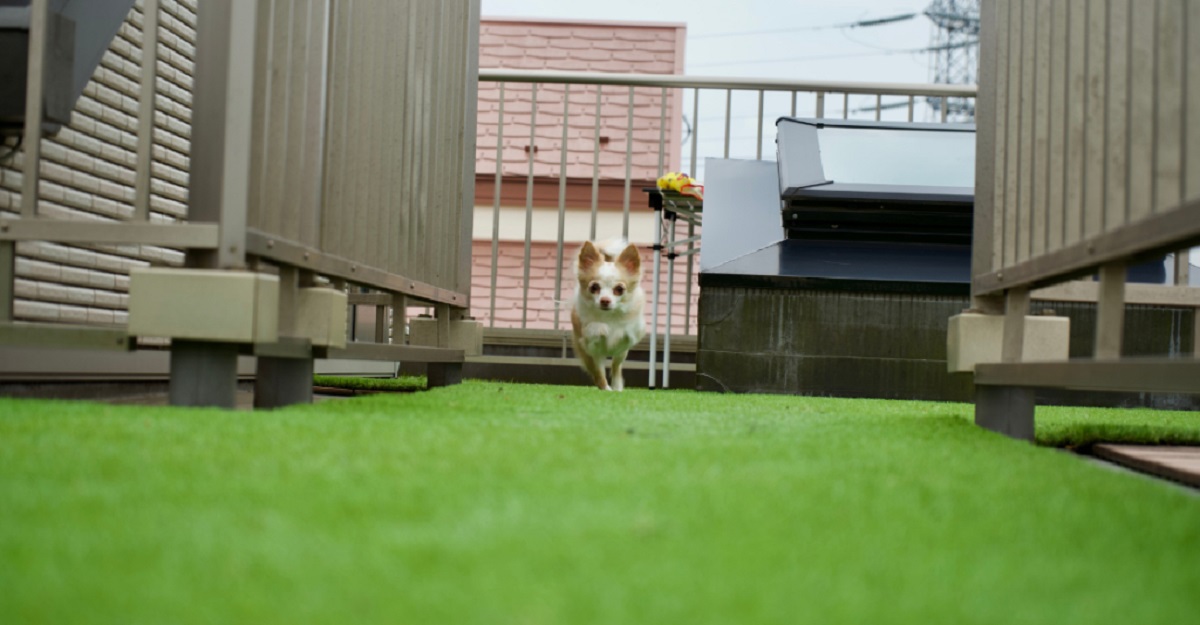
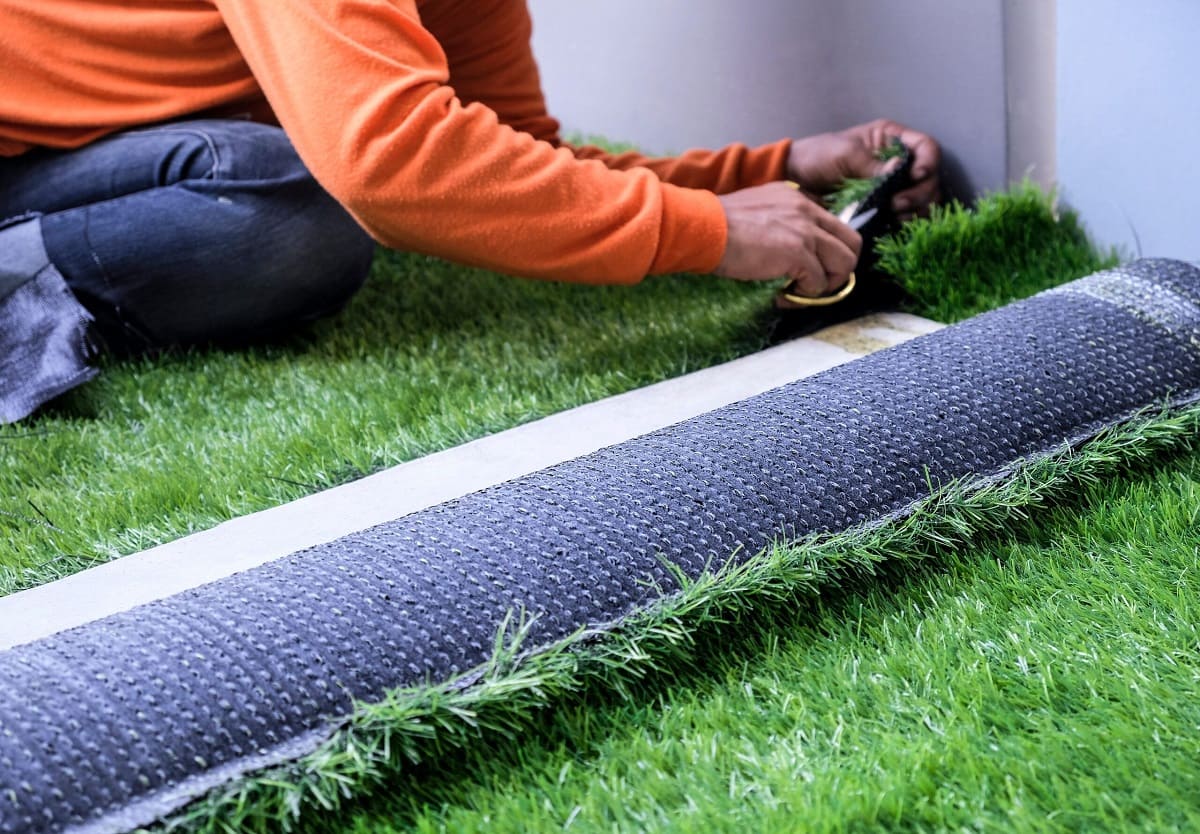
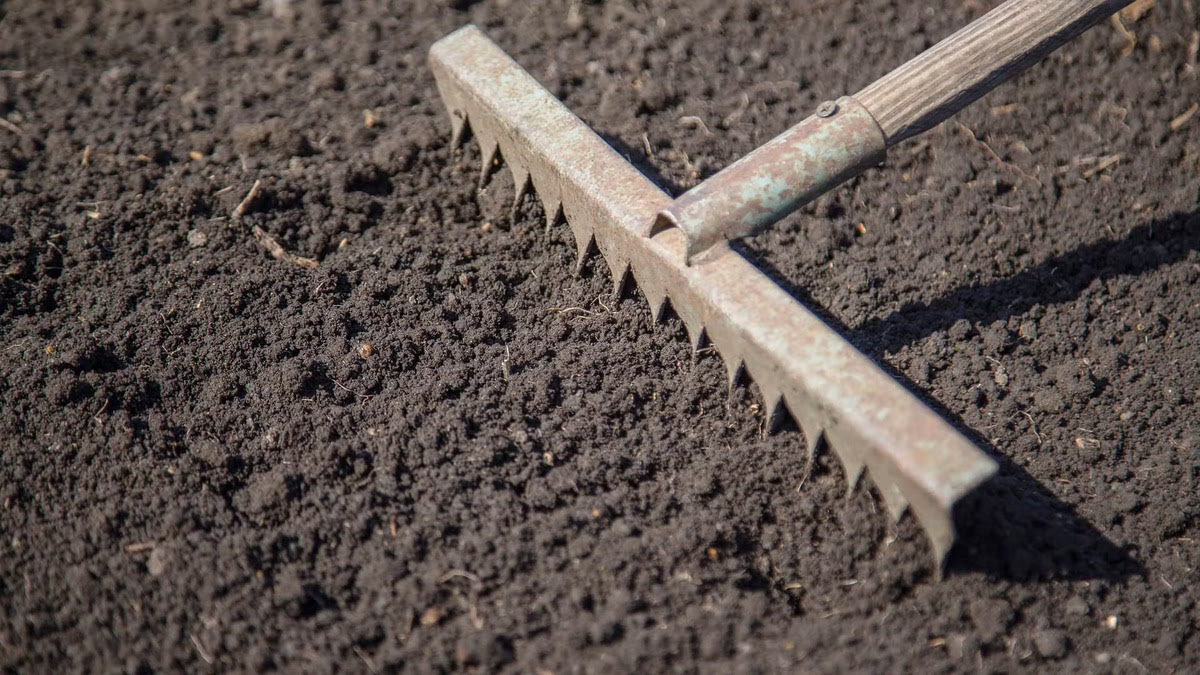
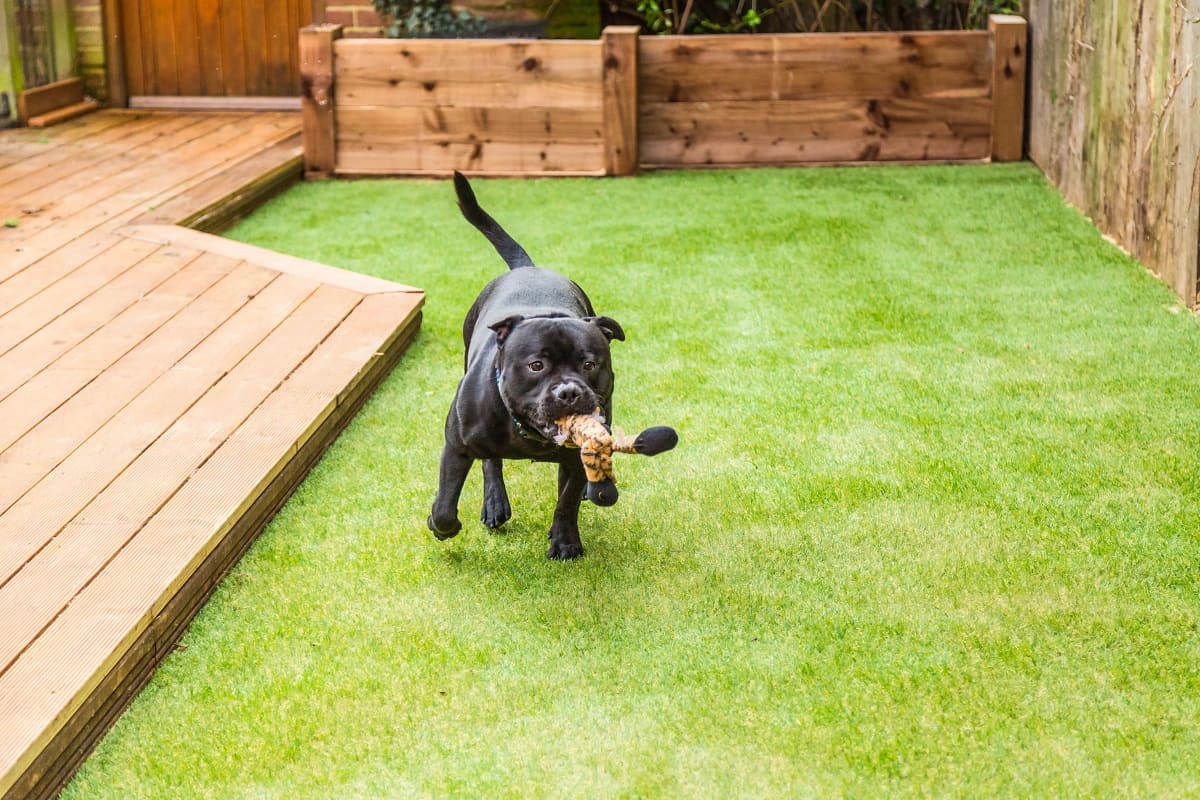
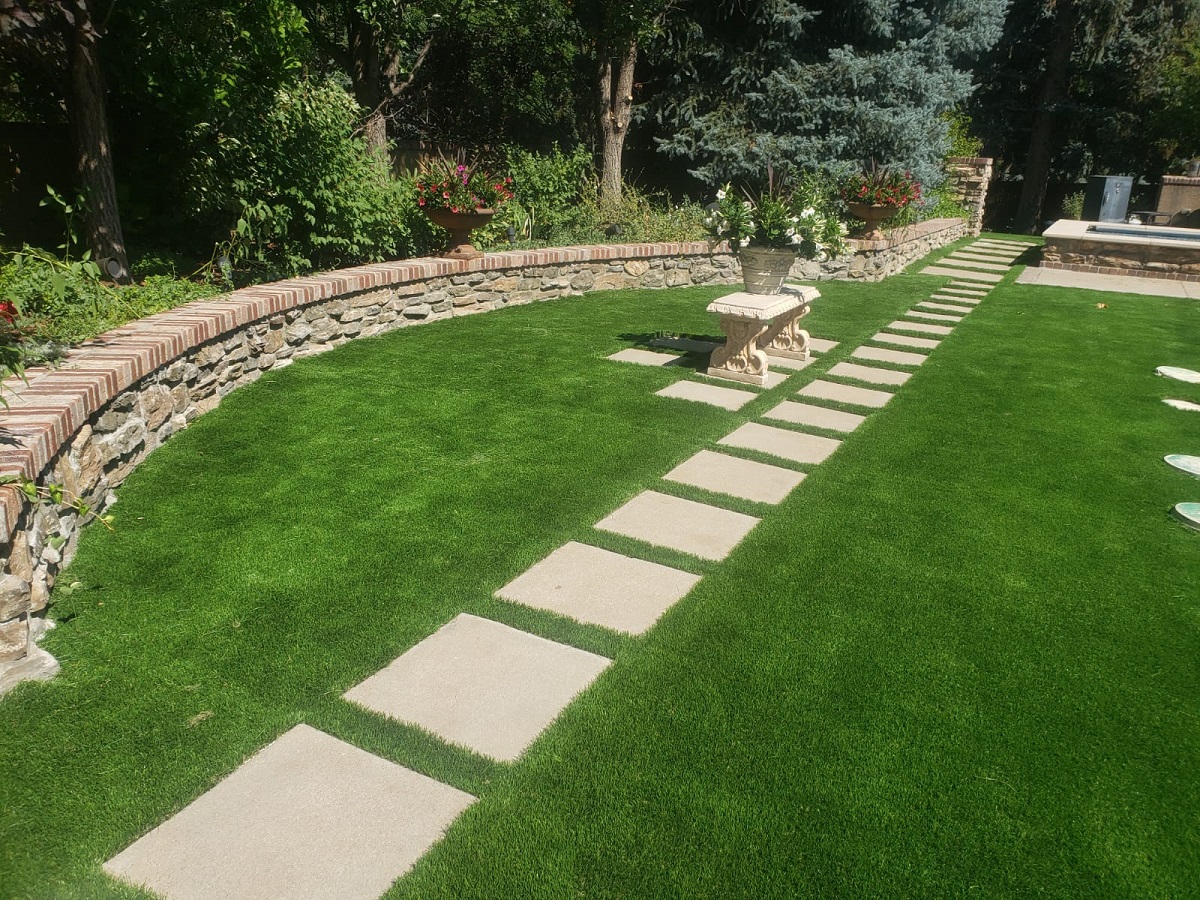
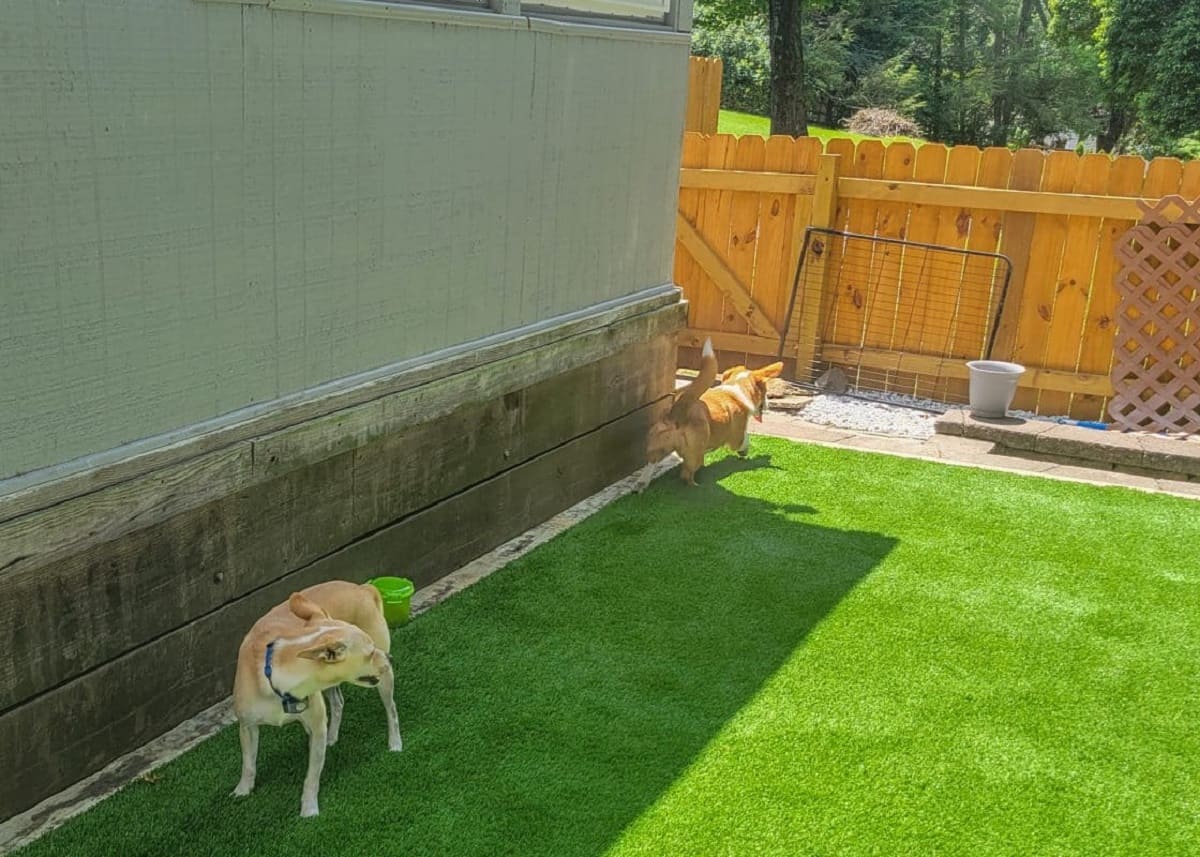
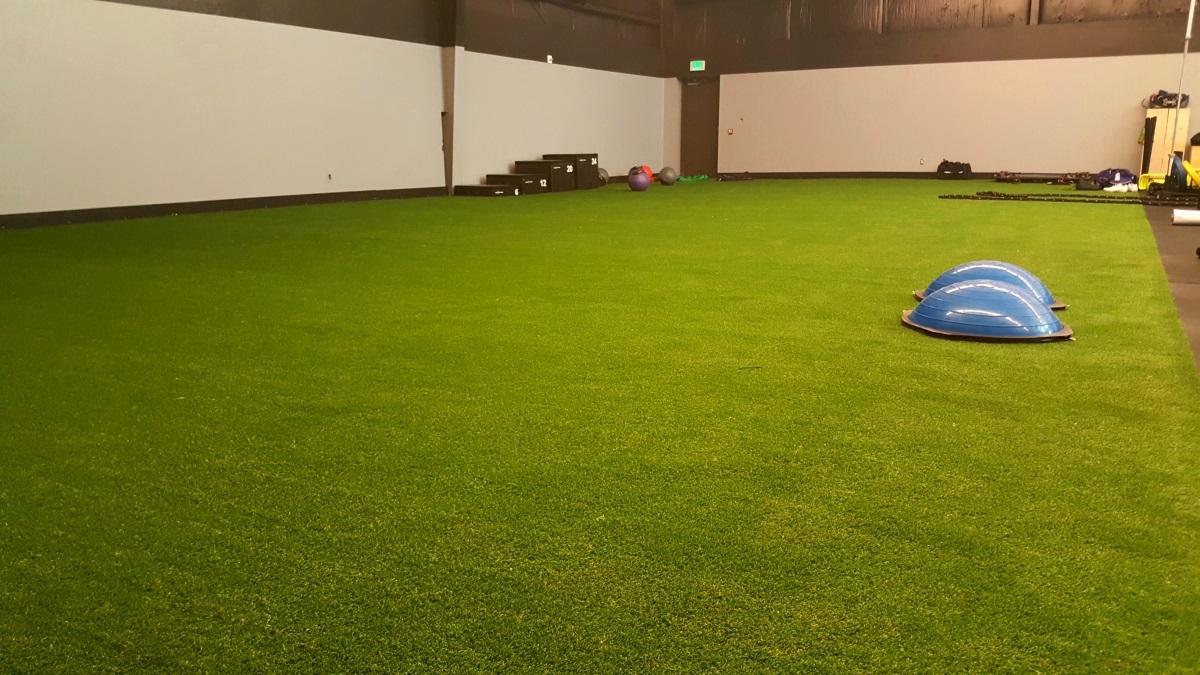
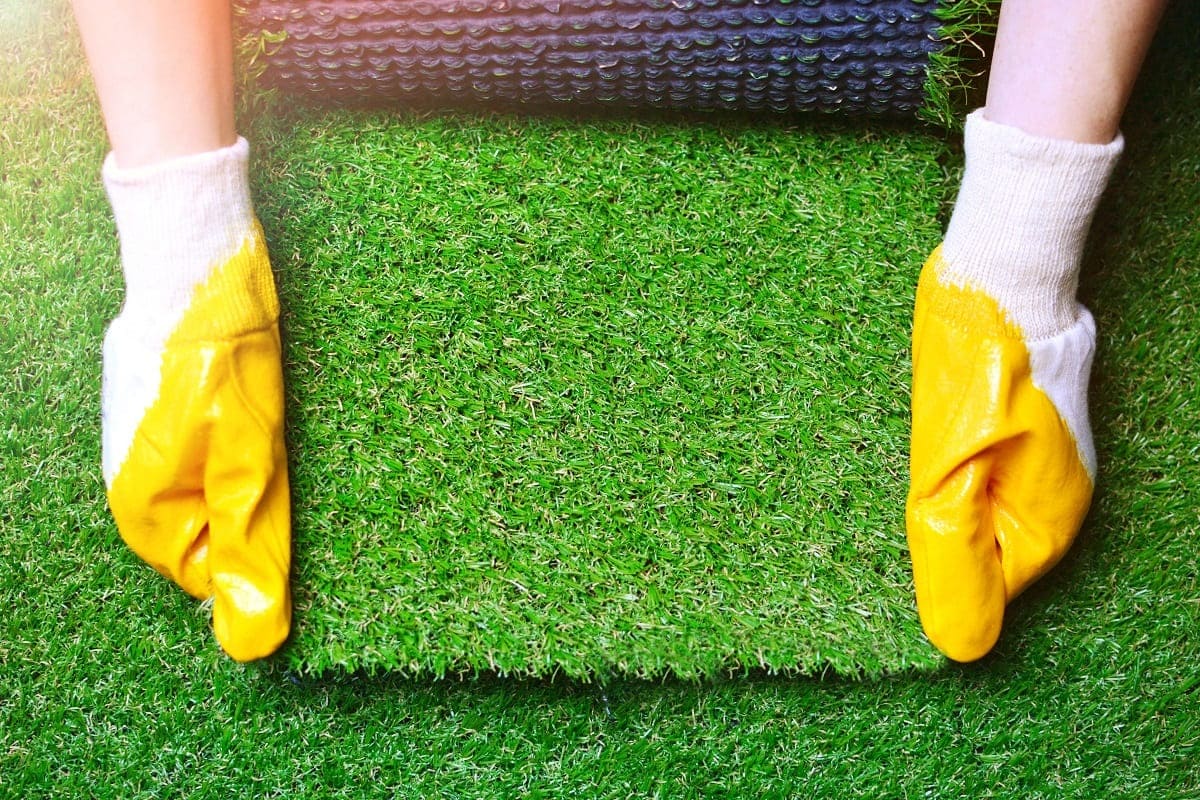
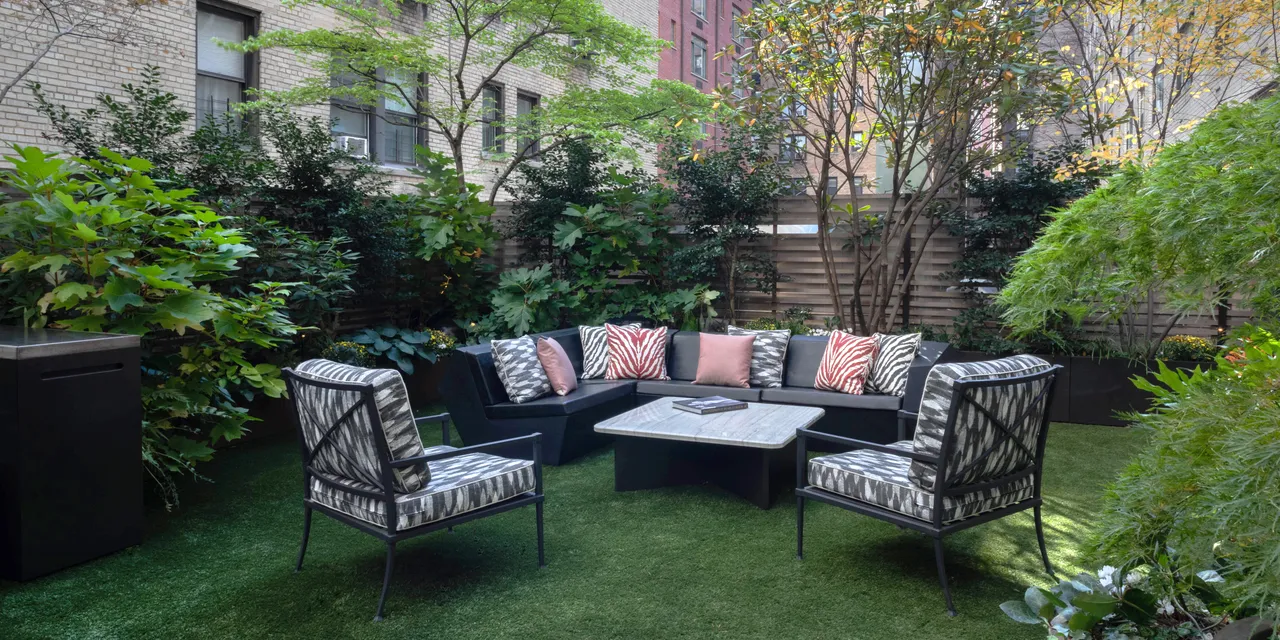

0 thoughts on “How Tacky Is Installing Fake Grass On Your Front Yard?”